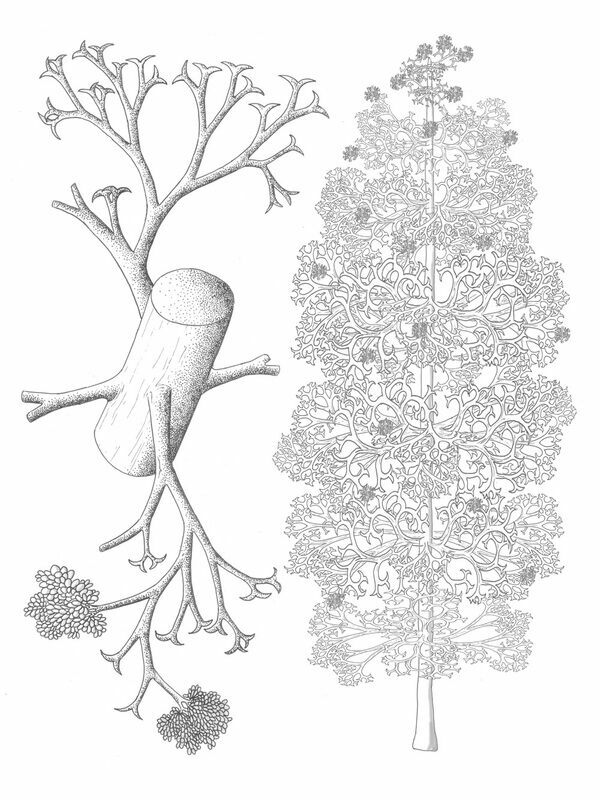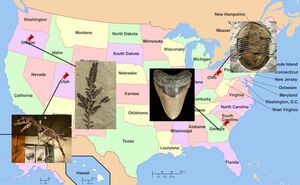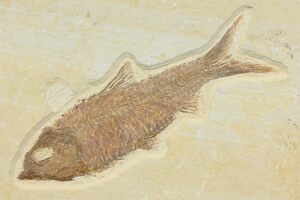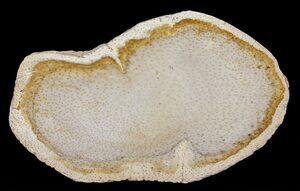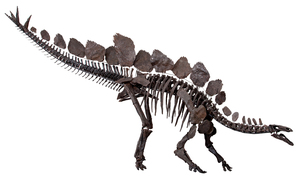Maine State Fossil - Pertica Quadrifaria
In 1985 the Maine state legislature designated the Middle Devonian vascular plant, Pertica Quadrifaria as the Maine state fossil.
The Trout Valley Formation in Maine contains the fossils of an unusual, vascular plant known as Pertica quadrifaria. This primitive plant lived about 390 million years ago, grew up to six feet tall and had a central stem about one inch wide with four rows of branches stacked in a spiral formation. It had no leaves, rather photosynthesis was accomplished by the stems and numerous branches. Some of its branches ended in forked tips, while others were tipped with sporangia (reproductive structures). Pertica belonged to a group of plants called Trimerophytes that are believed to be the ancestor group of nearly all modern day plants, with the exception of lycopods.
Pertica was first discovered in rocks within Baxter State Park, near Mount Katahdin. Based on the type of rock it is found in today and the other fossils associated with it, Pertica grew in a brackish or freshwater marsh near an active volcano. Fragments of the plants were preserved when they fell into the marsh and were covered by sediment before they could decay.
Pertica has only been discovered in three locations in the world and is considered to be a scientifically important fossil as it represents an important step in the evolution of plants.
The Trout Valley Formation in Maine contains the fossils of an unusual, vascular plant known as Pertica quadrifaria. This primitive plant lived about 390 million years ago, grew up to six feet tall and had a central stem about one inch wide with four rows of branches stacked in a spiral formation. It had no leaves, rather photosynthesis was accomplished by the stems and numerous branches. Some of its branches ended in forked tips, while others were tipped with sporangia (reproductive structures). Pertica belonged to a group of plants called Trimerophytes that are believed to be the ancestor group of nearly all modern day plants, with the exception of lycopods.
Pertica was first discovered in rocks within Baxter State Park, near Mount Katahdin. Based on the type of rock it is found in today and the other fossils associated with it, Pertica grew in a brackish or freshwater marsh near an active volcano. Fragments of the plants were preserved when they fell into the marsh and were covered by sediment before they could decay.
Pertica has only been discovered in three locations in the world and is considered to be a scientifically important fossil as it represents an important step in the evolution of plants.
 Reviews
Reviews
